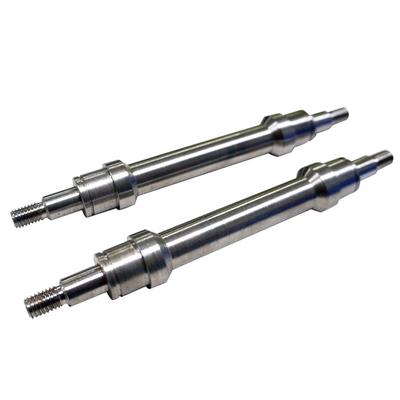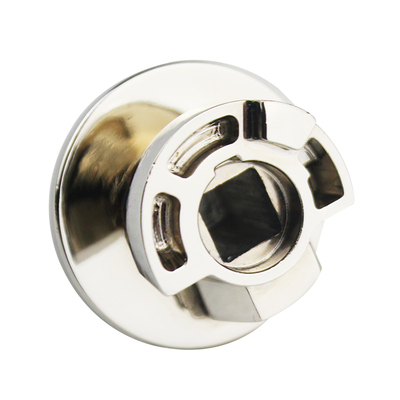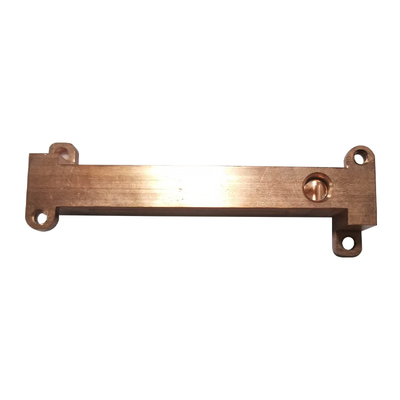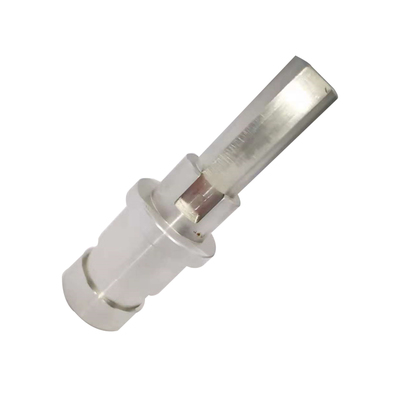Does Aluminum Conduct Electricity
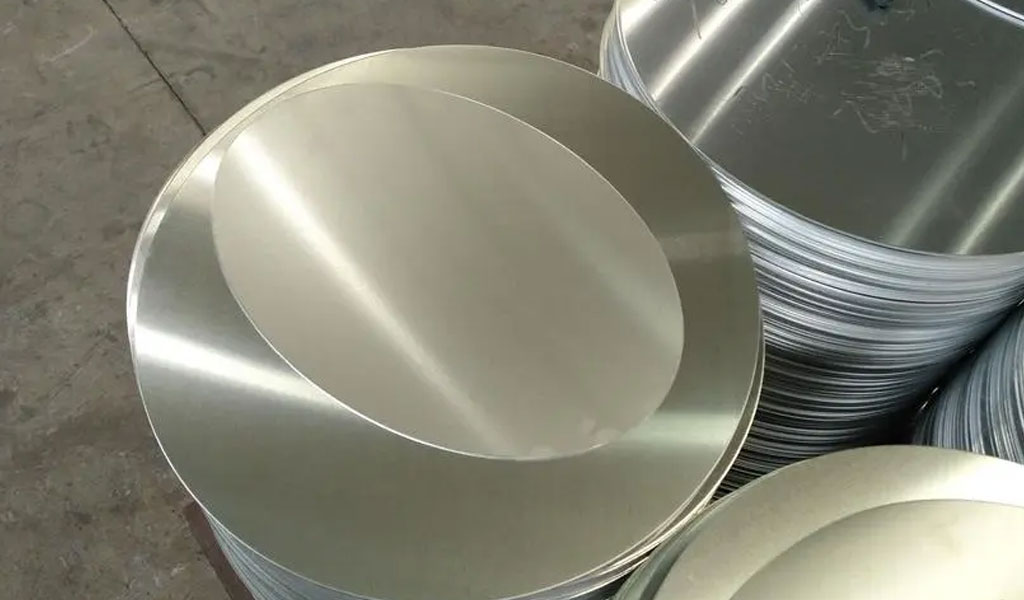
Aluminum is a widely used metal in various industries due to its unique combination of properties, including its lightweight, corrosion resistance, and relatively low cost. Among these properties, aluminum's ability to conduct electricity plays a significant role in its applications, particularly in the electrical and electronics sectors. This article explores the electrical conductivity of aluminum, comparing it with other metals, discussing its applications, and addressing the factors that influence its use as an electrical conductor.
Electrical Conductivity of Aluminum
Electrical conductivity is a measure of a material's ability to allow the flow of electric current. It is commonly expressed in terms of the material's electrical conductivity (σ), which is the reciprocal of its resistivity (ρ). The unit of electrical conductivity is siemens per meter (S/m). Aluminum, with an electrical conductivity of approximately 3.77 × 10^7 S/m at room temperature, is considered a good conductor of electricity.
Although aluminum's conductivity is lower than that of copper (which has a conductivity of around 5.96 × 10^7 S/m), it is still highly effective as a conductor, especially when considering factors such as weight, cost, and availability. Aluminum is ranked as the fourth most conductive metal, after silver, copper, and gold.
Comparison with Other Conductive Metals
-
Silver: Silver is the most conductive metal, with a conductivity of about 6.30 × 10^7 S/m. However, its high cost limits its use to specialized applications where maximum conductivity is required, such as in high-end electronics and certain industrial processes.
-
Copper: Copper is the most commonly used metal for electrical wiring due to its excellent conductivity (5.96 × 10^7 S/m) and relatively low cost. Copper is widely preferred in applications where space and efficiency are critical, such as in electrical wiring for buildings, power generation, and electronics.
-
Gold: Gold has a conductivity of about 4.10 × 10^7 S/m. Like silver, its high cost restricts its use to specific applications, such as in high-reliability electrical contacts, connectors, and printed circuit boards where corrosion resistance and excellent conductivity are required.
-
Aluminum: As mentioned earlier, aluminum's conductivity is lower than that of copper but is still sufficient for many electrical applications. Aluminum's lightweight nature, combined with its relatively high conductivity, makes it an attractive alternative to copper in certain situations, particularly in large-scale power transmission and distribution.
Applications of Aluminum in Electrical Conductivity
Aluminum is used extensively in the electrical industry, primarily in the following applications:
-
Power Transmission and Distribution: One of the most significant uses of aluminum in electrical conductivity is in overhead power transmission lines. Aluminum is preferred for these applications because it is lighter than copper, allowing for longer spans between towers. Additionally, aluminum's cost-effectiveness makes it an attractive option for large-scale power distribution networks. Aluminum conductors, often reinforced with steel (in the form of aluminum-conductor steel-reinforced, or ACSR cables), are commonly used for high-voltage power transmission.
-
Electrical Wiring: While copper is the preferred material for electrical wiring in buildings and appliances, aluminum is also used, particularly in larger gauge wiring applications such as service entrance cables, feeder cables, and other high-current applications. Aluminum wiring was more common in residential construction during the mid-20th century, though it has since been replaced by copper in most cases due to issues related to oxidation and connection reliability.
-
Automotive Industry: The automotive industry increasingly uses aluminum for wiring harnesses and other electrical components to reduce the weight of vehicles and improve fuel efficiency. Aluminum's combination of light weight and good conductivity makes it suitable for use in electric vehicles (EVs) and other modern automotive applications where energy efficiency is paramount.
-
Consumer Electronics: Aluminum is also used in the manufacture of certain electronic components, such as capacitors, heat sinks, and shielding materials, due to its good conductivity and thermal properties. In some cases, aluminum is used in the production of printed circuit boards (PCBs) as a cost-effective alternative to copper, especially in low-power or budget-sensitive applications.
Factors Influencing Aluminum's Use as a Conductor
Several factors influence the choice of aluminum as an electrical conductor, including the following:
-
Cost: Aluminum is significantly less expensive than copper, making it an attractive option for large-scale applications where cost is a critical factor. This is particularly relevant in the power transmission industry, where the cost savings of using aluminum can be substantial.
-
Weight: Aluminum's low density (about 2.70 g/cm³, compared to copper's 8.96 g/cm³) makes it much lighter than copper. This weight advantage is particularly important in applications such as overhead power lines and automotive wiring, where reducing weight can lead to cost savings and improved performance.
-
Corrosion Resistance: Aluminum naturally forms a thin oxide layer on its surface when exposed to air, which protects it from further corrosion. This corrosion resistance is beneficial in outdoor applications, such as power transmission lines, where the material is exposed to the elements.
-
Oxidation and Joint Integrity: One of the challenges of using aluminum as an electrical conductor is its tendency to form an insulating oxide layer on its surface, which can impair the conductivity of electrical connections. To mitigate this, special connectors and installation techniques, such as the use of antioxidant compounds, are employed to ensure reliable connections in aluminum wiring.
-
Thermal Expansion: Aluminum has a higher coefficient of thermal expansion than copper, which means it expands and contracts more with temperature changes. This characteristic can lead to loosening of connections over time if not properly addressed in the design and installation process.
Conclusion
Aluminum's role as an electrical conductor is vital across various industries, particularly in power transmission, automotive, and certain consumer electronics applications. While it does not match the conductivity of copper or silver, aluminum's combination of good electrical conductivity, low cost, light weight, and corrosion resistance makes it a valuable material in many electrical and electronic applications. The choice to use aluminum over other metals often depends on factors such as cost, weight, and specific application requirements. Despite some challenges, such as oxidation and thermal expansion, aluminum continues to be a popular and effective material for conducting electricity in a wide range of settings.
Reprint Statement: If there are no special instructions, all articles on this site are original. Please indicate the source for reprinting:https://www.cncmachiningptj.com/,thanks!
 PTJ® provides a full range of Custom Precision cnc machining china services.ISO 9001:2015 &AS-9100 certified. 3, 4 and 5-axis rapid precision CNC machining services including milling, turning to customer specifications,Capable of metal & plastic machined parts with +/-0.005 mm tolerance.Secondary services include CNC and conventional grinding, drilling,die casting,sheet metal and stamping.Providing prototypes, full production runs, technical support and full inspection.Serves the automotive, aerospace, mold&fixture,led lighting,medical,bicycle, and consumer electronics industries. On-time delivery.Tell us a little about your project's budget and expected delivery time. We will strategize with you to provide the most cost-effective services to help you reach your target,Welcome to Contact us ( sales@pintejin.com ) directly for your new project.
PTJ® provides a full range of Custom Precision cnc machining china services.ISO 9001:2015 &AS-9100 certified. 3, 4 and 5-axis rapid precision CNC machining services including milling, turning to customer specifications,Capable of metal & plastic machined parts with +/-0.005 mm tolerance.Secondary services include CNC and conventional grinding, drilling,die casting,sheet metal and stamping.Providing prototypes, full production runs, technical support and full inspection.Serves the automotive, aerospace, mold&fixture,led lighting,medical,bicycle, and consumer electronics industries. On-time delivery.Tell us a little about your project's budget and expected delivery time. We will strategize with you to provide the most cost-effective services to help you reach your target,Welcome to Contact us ( sales@pintejin.com ) directly for your new project.

- 5 Axis Machining
- Cnc Milling
- Cnc Turning
- Machining Industries
- Machining Process
- Surface Treatment
- Metal Machining
- Plastic Machining
- Powder Metallurgy Mold
- Die Casting
- Parts Gallery
- Auto Metal Parts
- Machinery Parts
- LED Heatsink
- Building Parts
- Mobile Parts
- Medical Parts
- Electronic Parts
- Tailored Machining
- Bicycle Parts
- Aluminum Machining
- Titanium Machining
- Stainless Steel Machining
- Copper Machining
- Brass Machining
- Super Alloy Machining
- Peek Machining
- UHMW Machining
- Unilate Machining
- PA6 Machining
- PPS Machining
- Teflon Machining
- Inconel Machining
- Tool Steel Machining
- More Material

